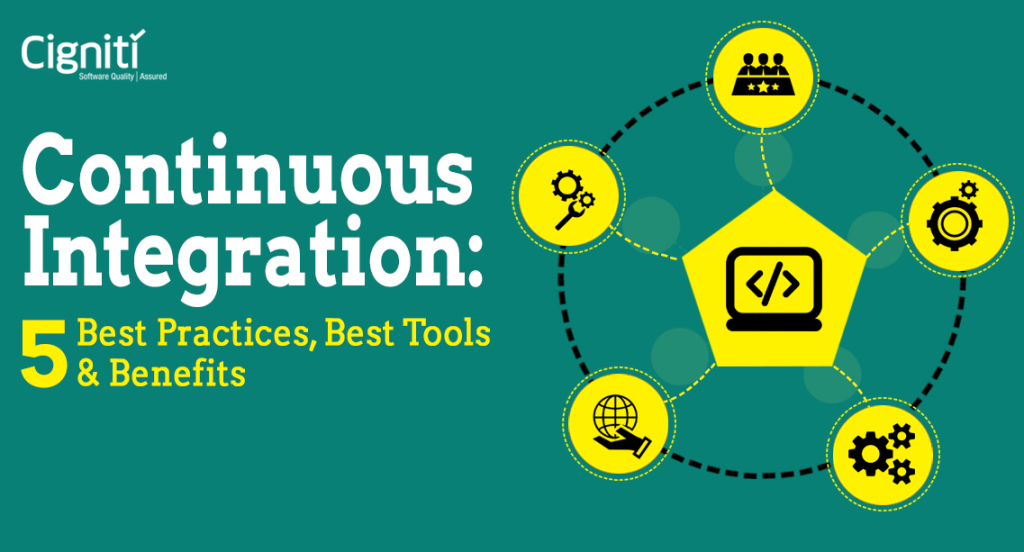5 Benefits of Continuous Integration

Everyone recommends you to use continuous integration tools, but why should you go with this approach, does it really matter or not? As you can imagine, this development process requires teams to integrate their work often. There’s also some need for testing, if possible some automated testing to make sure that the build is a success.
Thanks to continuous integration you can access some pretty impressive benefits, and it all comes down to finding the right system and approach here.
Risk mitigation
Thanks to continuous integration you have the opportunity to mitigate risks adequately and it does have the potential to pay off very well, all while bringing in front some resounding benefits and ideas all the same. This works nicely because it also offers production parity all the time, without losing anything in the process. There are QA tasks like browser testing that can be automated, and that helps mitigate the risk of having a bug which will eventually make it in the live site. That’s the last thing you want to have, so actually having some risk mitigation helps continuous integration a lot in this regard.
Proper team communication
There’s a reason why this is called integration. What this means is that you can integrate other services and tools. These can be used by your team in the workflow so they can make things better and more comprehensive as a whole. The even better thing about all of this is that you can create a channel for every project and then continuous integration will send a message in that channel whenever something important happens. It’s a lot easier to communicate about potential issues or challenges that appear. And the best thing is that you can see the source of that error. Usually, this can end up taking a lot of time, so having a simpler approach helps save time and money.
Less overhead
Having more overhead will increase costs, but the continuous integration tools and the methodology itself is all about helping you eliminate major costs. The idea here is that you focus on automating major workflow parts as that will remove some of the time for billable work. Obviously, no one wants to work way too much and hiring other people for tasks that can be automated doesn’t make sense that much. This is good because you can fix bugs faster and easier, not to mention that the developers will get the project up and running faster with some pretty good results and a great outcome every time.
Flexibility
One of the best things about continuous integration is that there’s a lot of flexibility here. The continuous integration nature is mostly about automation, so being able to change the code often and without worries really helps a lot here. It seems that the faster continuous integration builds are helping developers to innovate and improve all the time, and you can always try some new stuff that will help boost the system and make it stand out in multiple ways. That’s why you need to check it out, as that can be totally worth it in the end.
You can build stuff faster
Thanks to the parallel build support, you have the ability to split tests and also build processes over multiple machines. As a result, the total build time will be shorter when compared to running this locally. As a result, you require fewer resources and you can still continue working on stuff as the builds are running. It actually makes a lot of sense and it’s one of the continuous integration ideas that you will enjoy all the same.
As you can see, continuous integration has the potential to help your business a lot and it will provide you with wonders if you use it adequately. Yes, it does require you to focus on adapting and integrating it the right way, but it will be a suitable opportunity and something that you will enjoy all the same. As long as you use it adequately it can only do wonders, so try to keep that in mind and you will be very happy with the way it works for the most part.
